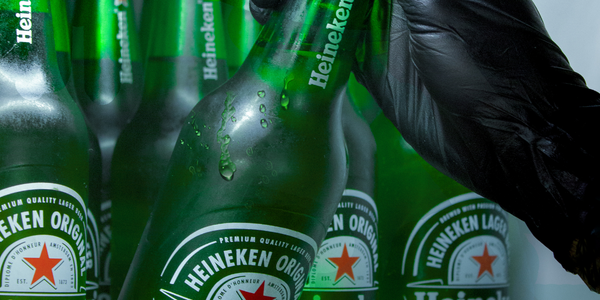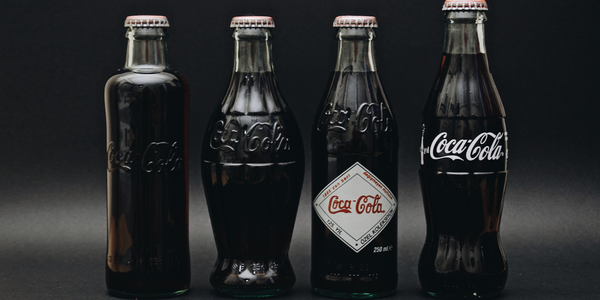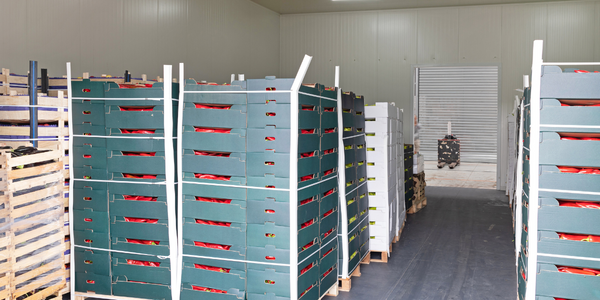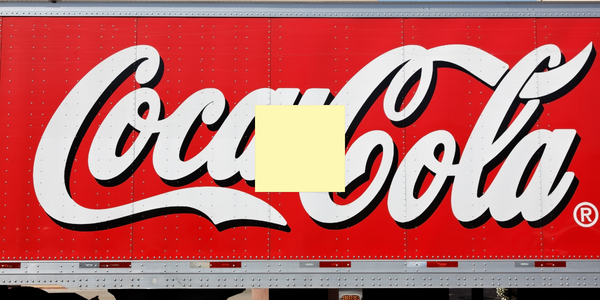Customer Company Size
Large Corporate
Region
- Asia
Country
- Vietnam
Product
- Acumatica Cloud ERP
- DMSpro’s AiM (All-in-Mobile) application
- Acumatica Financial and Distribution Management suites
Tech Stack
- Cloud technology
- Mobile tablets
- 3G coverage
Implementation Scale
- Enterprise-wide Deployment
Impact Metrics
- Productivity Improvements
- Digital Expertise
- Customer Satisfaction
Technology Category
- Infrastructure as a Service (IaaS) - Cloud Computing
- Platform as a Service (PaaS) - Connectivity Platforms
Applicable Industries
- Food & Beverage
Applicable Functions
- Sales & Marketing
- Logistics & Transportation
Use Cases
- Supply Chain Visibility
- Inventory Management
- Real-Time Location System (RTLS)
Services
- Cloud Planning, Design & Implementation Services
- System Integration
About The Customer
Founded in 2010, TH Milk is a leading producer of fresh milk and dairy products in Vietnam. It is one of 3 companies under the TH Group, an organization that has made large investments in infrastructure, human resources, and scientific research to enable the production of clean and fresh dairy products in Vietnam. In 2013, TH Milk was honored as one of Vietnam’s “Top 15 Best Enterprises” and recognized for being a founder of the clean and fresh milk industry in the fast-growing economy. The company, which hired 2,000 employees, had revenues of VND4,000 billion (approx. USD188 million) in 2013. This is expected to grow to VND15,000 billion (approx. USD707 million) by 2015. Currently the supplier to 30% of the Vietnamese market, TH Milk aims to supply 50% by 2015. TH Milk’s products are sold in more than 130,000 stores nationwide via 180 distributors, as well as directly through its own chain of retail outlets, TH True Mart.
The Challenge
TH Milk, a leading producer of fresh milk and dairy products in Vietnam, was facing challenges with its outdated distribution and sales process. The company's sales force would gather at the distributors’ offices each morning to get their sales plans and then spread out to the retail outlets, physical forms in hand, to take orders and disseminate information. At the end of the day, the sales teams returned with orders that had to be entered manually at each distributor’s office. TH Milk would then consolidate the data from the 180 offices. This process was tedious and resulted in a lack of market visibility and salesforce compliance.
The Solution
TH Milk decided to update its distribution and sales process by tapping into Cloud technology. They chose to invest in a centralized Acumatica Cloud ERP platform. The platform provided a single database, hosted on TH Milk’s private cloud, which provided real-time, integrated information to all TH Milk staff, distributors, and salespersons. Acumatica’s open API allowed TH Milk to integrate the new system with its existing SAP system. The user-friendly, web-based, and customizable interface eased user adoption. The Acumatica license allowed an unlimited number of users, so the future growth of TH Milk’s distribution network would not be hampered by unforeseen per-user costs. The Acumatica system went “live” in September 2013 with 11 distributors; by June 2014, all 180 distributors were onboard.
Operational Impact
Quantitative Benefit

Case Study missing?
Start adding your own!
Register with your work email and create a new case study profile for your business.
Related Case Studies.

Case Study
The Kellogg Company
Kellogg keeps a close eye on its trade spend, analyzing large volumes of data and running complex simulations to predict which promotional activities will be the most effective. Kellogg needed to decrease the trade spend but its traditional relational database on premises could not keep up with the pace of demand.

Case Study
HEINEKEN Uses the Cloud to Reach 10.5 Million Consumers
For 2012 campaign, the Bond promotion, it planned to launch the campaign at the same time everywhere on the planet. That created unprecedented challenges for HEINEKEN—nowhere more so than in its technology operation. The primary digital content for the campaign was a 100-megabyte movie that had to play flawlessly for millions of viewers worldwide. After all, Bond never fails. No one was going to tolerate a technology failure that might bruise his brand.Previously, HEINEKEN had supported digital media at its outsourced datacenter. But that datacenter lacked the computing resources HEINEKEN needed, and building them—especially to support peak traffic that would total millions of simultaneous hits—would have been both time-consuming and expensive. Nor would it have provided the geographic reach that HEINEKEN needed to minimize latency worldwide.

Case Study
Energy Management System at Sugar Industry
The company wanted to use the information from the system to claim under the renewable energy certificate scheme. The benefit to the company under the renewable energy certificates is Rs 75 million a year. To enable the above, an end-to-end solution for load monitoring, consumption monitoring, online data monitoring, automatic meter data acquisition which can be exported to SAP and other applications is required.

Case Study
Coca Cola Swaziland Conco Case Study
Coco Cola Swaziland, South Africa would like to find a solution that would enable the following results: - Reduce energy consumption by 20% in one year. - Formulate a series of strategic initiatives that would enlist the commitment of corporate management and create employee awareness while helping meet departmental targets and investing in tools that assist with energy management. - Formulate a series of tactical initiatives that would optimize energy usage on the shop floor. These would include charging forklifts and running cold rooms only during off-peak periods, running the dust extractors only during working hours and basing lights and air-conditioning on someone’s presence. - Increase visibility into the factory and other processes. - Enable limited, non-intrusive control functions for certain processes.

Case Study
Temperature Monitoring for Restaurant Food Storage
When it came to implementing a solution, Mr. Nesbitt had an idea of what functionality that he wanted. Although not mandated by Health Canada, Mr. Nesbitt wanted to ensure quality control issues met the highest possible standards as part of his commitment to top-of-class food services. This wish list included an easy-to use temperature-monitoring system that could provide a visible display of the temperatures of all of his refrigerators and freezers, including historical information so that he could review the performance of his equipment. It also had to provide alert notification (but email alerts and SMS text message alerts) to alert key staff in the event that a cooling system was exceeding pre-set warning limits.

Case Study
Coca-Cola Refreshments, U.S.
Coca-Cola Refreshments owns and manages Coca-Cola branded refrigerators in retail establishments. Legacy systems were used to locate equipment information by logging onto multiple servers which took up to 8 hours to update information on 30-40 units. The company had no overall visibility into equipment status or maintenance history.







